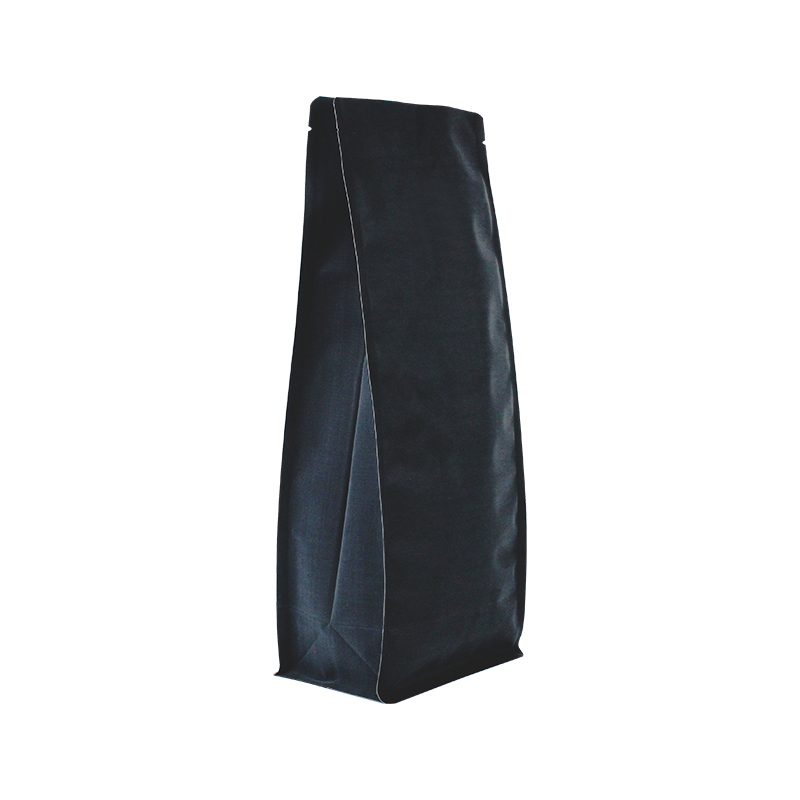- Afrikaans
- Albanian
- Amharic
- Arabic
- Armenian
- Azerbaijani
- Basque
- Belarusian
- Bengali
- Bosnian
- Bulgarian
- Catalan
- Cebuano
- chinese_simplified
- chinese_traditional
- Corsican
- Croatian
- Czech
- Danish
- Dutch
- English
- Esperanto
- Estonian
- Finnish
- French
- Frisian
- Galician
- Georgian
- German
- Greek
- Gujarati
- haitian_creole
- hausa
- hawaiian
- Hebrew
- Hindi
- Miao
- Hungarian
- Icelandic
- igbo
- Indonesian
- irish
- Italian
- Japanese
- Javanese
- Kannada
- kazakh
- Khmer
- Rwandese
- Korean
- Kurdish
- Kyrgyz
- Lao
- Latin
- Latvian
- Lithuanian
- Luxembourgish
- Macedonian
- Malgashi
- Malay
- Malayalam
- Maltese
- Maori
- Marathi
- Mongolian
- Myanmar
- Nepali
- Norwegian
- Norwegian
- Occitan
- Pashto
- Persian
- Polish
- Portuguese
- Punjabi
- Romanian
- Russian
- Samoan
- scottish-gaelic
- Serbian
- Sesotho
- Shona
- Sindhi
- Sinhala
- Slovak
- Slovenian
- Somali
- Spanish
- Sundanese
- Swahili
- Swedish
- Tagalog
- Tajik
- Tamil
- Tatar
- Telugu
- Thai
- Turkish
- Turkmen
- Ukrainian
- Urdu
- Uighur
- Uzbek
- Vietnamese
- Welsh
- Bantu
- Yiddish
- Yoruba
- Zulu
Converting Gauge Measurements to Millimeters for Precision Calculations
Understanding Gauge to Millimeter Conversion A Comprehensive Guide for 2024
When it comes to manufacturing, construction, or crafting, precision is paramount. One of the critical measurements that professionals across various industries rely on is the gauge system. The gauge system is widely used in the metal, welding, and electrical industries to specify thicknesses and diameters. However, many people find the gauge measurements to be confusing, especially when trying to convert them into a more universally understood metric millimeters (mm). In this article, we will explore the conversion from gauge to millimeters, focusing on the current standards and applications in 2024.
What is Gauge?
The term gauge can refer to various measuring systems, but in the context of metal and wire, it specifically pertains to the thickness of the material. The gauge number is an arbitrary unit where smaller numbers indicate thicker materials, and larger numbers correspond to thinner materials. For example, a 10-gauge wire is thicker than a 20-gauge wire.
The gauge system originates from historical practices, such as the wire gauge (often referred to as American Wire Gauge or AWG) and sheet metal gauge (such as the Birmingham Gauge). These systems, while convenient in their own right, lack direct linearity and can produce confusion without a reliable conversion reference.
Converting Gauge to Millimeters
When converting gauge sizes to millimeters, it’s essential to consult conversion charts that provide accurate conversions for both wire and sheet metal gauges. In 2024, several online resources offer these conversion charts, which accurately represent the relationships between gauge numbers and their corresponding millimeter values.
For instance, the conversion for common wire gauges typically operates as follows
- 10 Gauge (AWG) ≈ 2.588 mm - 12 Gauge (AWG) ≈ 2.052 mm - 14 Gauge (AWG) ≈ 1.628 mm - 16 Gauge (AWG) ≈ 1.291 mm - 18 Gauge (AWG) ≈ 1.024 mm - 20 Gauge (AWG) ≈ 0.813 mm
These figures indicate how much thicker or thinner one gauge of wire is compared to another. It’s crucial to use the correct gauge type when making conversions since AWG and sheet metal gauges measure thickness differently.
gauge 24 to mm

Practical Applications
Understanding the gauge to millimeter conversion is critical in various industries. For example, in electrical applications, selecting the correct wire gauge can influence the efficiency and safety of electrical installations. Thicker wires (lower gauge) can carry more current and reduce overheating risks, while thinner wires (higher gauge) are lighter and easier to work with in less demanding applications.
In the sheet metal industry, gauge size affects not only the metal’s weight but also its strength, malleability, and ability to withstand environmental factors. For example, constructing a metal frame for a building requires a careful balance of strength and weight, leading engineers to rely on specific gauge measurements for the materials they choose.
The Importance of Accurate Measurement
As we advance into 2024, the reliance on precise measurements and conversions in various industries becomes increasingly critical. The process of converting gauge to millimeters should be approached with accuracy and consideration. Errors in conversions can lead to significant issues, from structural failures to safety risks in electrical installations.
For those involved in crafting or manufacturing, keeping a gauge to millimeters conversion chart handy can help streamline workflows and improve project outcomes. This simple tool can save time and ensure that the correct materials are utilized in any project.
Conclusion
The journey from gauge to millimeters might seem daunting, especially for those unfamiliar with the intricacies of measurement systems. However, with a thorough understanding of the conversion processes and the implications of gauge sizes in practical applications, any professional can navigate these complexities with confidence.
In 2024, as industries continue to innovate and develop, the importance of accurate measurements remains a cornerstone of success. Whether you’re an engineer, electrician, or craftsman, understanding the conversion between gauge and millimeters not only enhances your skill set but also contributes to the safety and quality of your work. Always remember, in precision-driven professions, knowledge is power!













